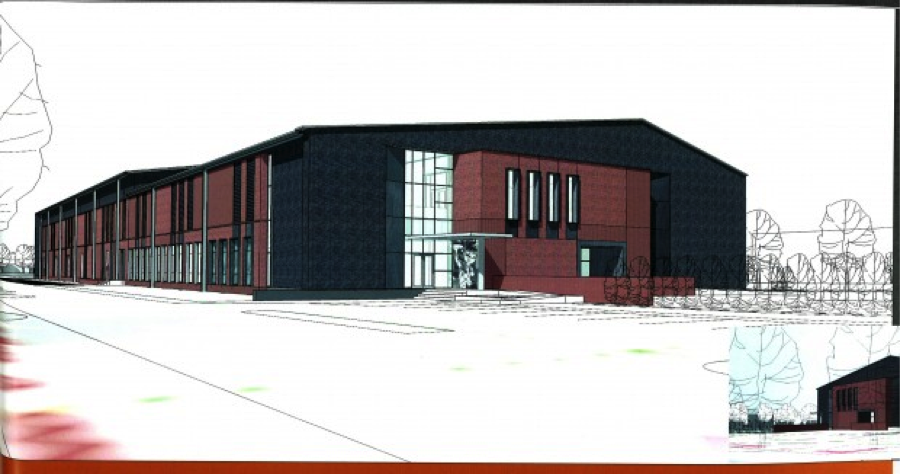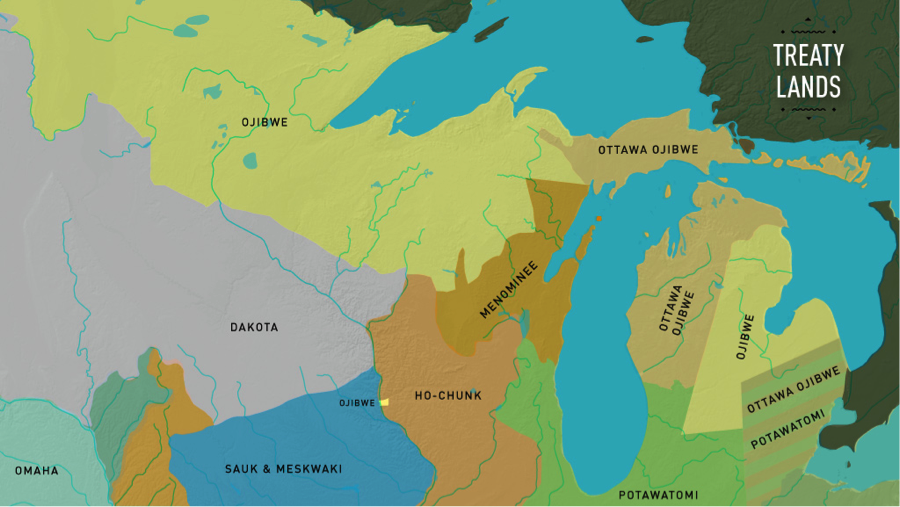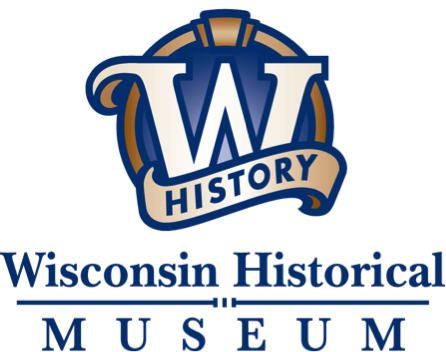Last week our TLAM class visited the Wisconsin Historical Museum, located across the street from the State Capitol in Madison. We met with Angie Glasker, the assistant curator, who gave us an overview of museum’s work in implementing NAGPRA (The Native American Graves Protection and Repatriation Act).
The Native American Graves Protection and Repatriation Act is a Federal law passed in 1990. NAGPRA provides a process for museums and Federal agencies to return Native American cultural items including human remains, funerary objects, sacred objects, or objects of cultural patrimony, to lineal descendants, and culturally affiliated Indian tribes and Native Hawaiian organizations.
In 2011, Wisconsin Historical Society’s NAGPRA grant focused on the repatriation of cultural items from eastern and southern Wisconsin. Jennifer Kolb, (the Assistant Administrator of the Division of Museums and Historic Sites, WHS Native American Liaison, and the former Director of the WHS Museum), worked extensively with tribal representatives from Forest County Potawatomi, Ho-Chunk Nation, and the Menominee Nation to come to agreements about caring for and returning the human remains, funerary objects, sacred objects to the appropriate tribes. The remains of nearly 300 Native Americans were reburied at two locations in Wisconsin in October 2014. Angie shared with us her and Jennifer’s commitment to their partnerships with tribal communities, and the museum’s ongoing efforts to fulfill its responsibilities under NAGPRA

Angie also shared with us their current plans for a state archive preservation facility on the east side of Madison. The museum has been working with tribal communities to design the facility, which will include rooms specifically for Native collections, sacred objects, and culturally sensitive objects. The facility will also include an outdoor ceremonial space on the Yahara River.
Although the “People of the Woodlands” exhibit is in need of a lot of changes, educators giving tours help to supplement the exhibits, with resources such as the treaty map from theways.org. These supplements provide a better context for the cultural items in the exhibits, and efforts like this will be expanded through partnerships with tribal members. The physical space and other obstacles at the museum have limited Angie and others who have tried to make changes, but the museum may close in its current location, and create Native American exhibits at the new location with the help of tribal members.

Thank you to Angie and the Wisconsin Historical Society staff for hosting TLAM — and all the work that you do to implement NAGPRA!
– Margaret Durrow

